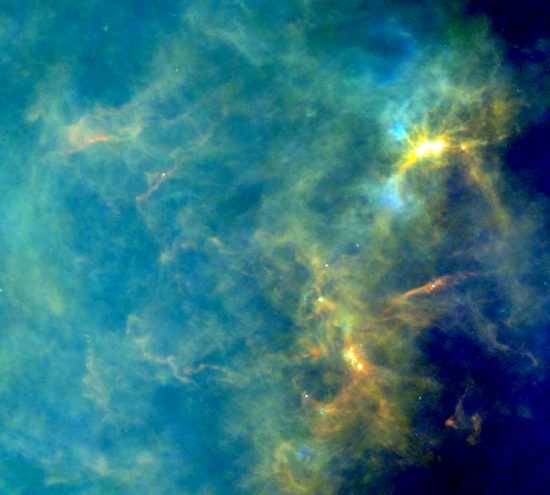
April 27, 2020
Neutron stars do not exist.
A few years ago, the space-based observatory, XMM-Newton reported that high-velocity particles in orbit around Serpens X-1 appeared to indicate Einsteinian relativistic effects. The observation of spectral lines from “hot iron atoms” orbiting close-in to the surface of the neutron star indicate that some of the material is moving at over 40 percent light-speed.
Since iron atoms glow at certain optical frequencies when heated to their incandescent state, there should be dark lines within the specular distribution of the color bands. Called Fraunhofer lines, they mark places within the spectrum of any material where the emission energy is absorbed, leaving a dark line within the band of color generated by a prism.
Fraunhofer lines are supposed to occur at specific frequencies identified in the spectrum by the kind of element that is being absorbed, if they are in a different location, then they have been Doppler-shifted because of their acceleration. This forms the backbone of galactic-scale distance calculations and the supposed speed of recession that galaxies display.
Using redshift velocity calculations, some galaxies are measured to be moving away from Earth at 90 percent of light-speed! The velocity assumption is derived from a gravity-only version of the cosmos. In the conventional view, a supermassive object is the only mechanism that could provide the gravitational strength needed for the iron ions to achieve such fast orbits.
In a previous Picture of the Day, an analysis of neutron stars revealed that the science behind their hypothetical existence does not support such objects. As previously written, a foundational concept in nuclear physics is the “island of stability”.
Plotting the number of neutrons against the number of protons in the nuclei of all elements demonstrates that the ratio is about one-to-one for light elements and one-point-five-to-one for the heavy ones. An atomic nucleus outside the range will spontaneously decay so that it reaches a stable configuration and remains in equilibrium. If there are too few neutrons, the atom will emit protons in order to stabilize and vise-versa. A nucleus – or star – composed of neutrons alone would be completely unstable and would immediately decay.
The hot iron that has been found around the Serpens X-1 stellar phenomenon is most likely the result of electrical discharge action on and around the star. Stars exist as anodes in a galactic circuit that causes the majority of them to blaze in arc mode. No “millions of continuous H-bomb explosions” occur in their cores, and observational data leads to the conclusion that they are actually giant balls of plasma. The information gleaned from the Hinode spacecraft and other science experiments observing the Sun confirms that understanding.
If ad hoc conjectures must be invented to save theories that do not explain observations, then discovering the true nature of the Universe will be hampered.
Stephen Smith
The Thunderbolts Picture of the Day is generously supported by the Mainwaring Archive Foundation.












